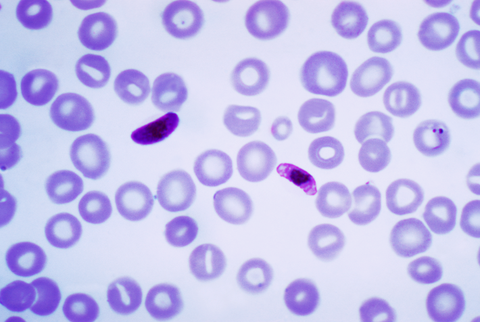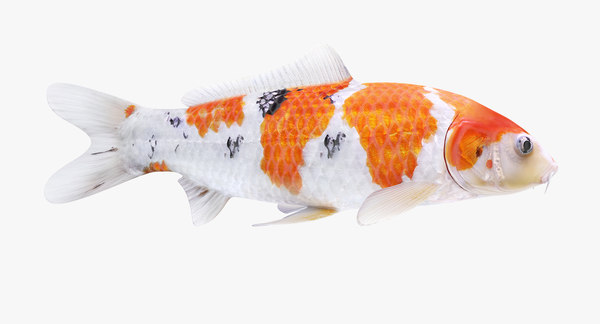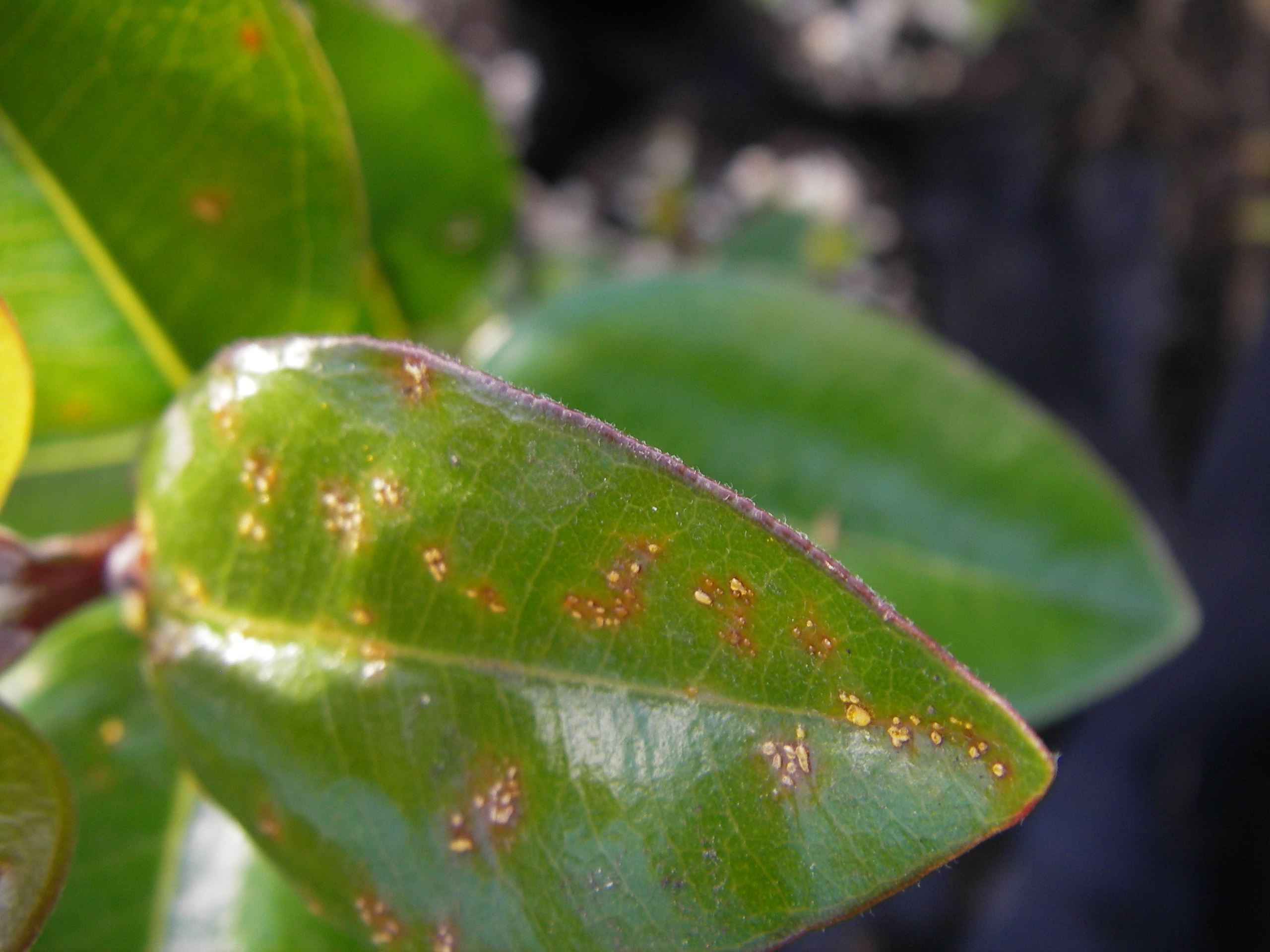Bioethics. Week 1
Principles & Practices - Class 1 Assignment
- During our first class we talked about different ethical problems arising from the development of synthetic biology.
I am still not decided upon my final project. I am considering designing my own gene drive - that is an initial idea.
I chose to give my critical thought to gene drive technology, and the applicance of this technology in the real world. I was courious about this technology few years ago when I heard about it and I take this oppoerunity to learn a little bit more about it.
The gene drive systems could be an efficient way for population suppression of pests insects, or other invasive species.
The technology itself is known in the world for some time (since 1800s!) but only recently with the rapid development of gene editing technology it is considered as a tool that can by applied in the real world. Simple explenation of what is a gene drive is that it is a gene which creates an enzyme which cuts both strands of DNA within a targeted area of the genome. Than it is copied across because of a DNA repair system. In the case of the gene drive cut, this leads to the gene drive being copied into the gap made by the gene drive itself. This then leads to guaranteed inheritance of the gene drive to all offspring and is the basis for the gene drive mechanism. To be useful for population suppression, the targeted area for the gene drive should be within a gene essential for viability or fertility of the pest insect. Modelling has shown that suppression is particularly efficient if the gene drive is targeted to a gene essential for females but not males, or a gene required for germ-cell development or reproduction in one sex.
There can be varaity of appliactions of this technology:
- Health (harmful parasites that caries disease)
- Environment (Removing Invasive species, Aiding Threteaned Species)
- Agriculture (Pest Control)
- Animal Welfare
Interesting technique is Daisy drive systems. They are made up of multiple elements connected like a daisy chain such that each causes the next to be preferentially inherited. They are designed to be self-exhausting by losing elements with each generation, thereby limiting spread. This technique has multiple applications such as removing an invasive species from one area without impacting the same species in its native habitat.
("Mice against Ticks" K.Esvelt - project that seeks to prevent tick-borne diseases on the islands of Nantucket and Martha’s Vineyard as an example.)
Technology can be applied to get rid of the diseases such as:
Plasmodium falciparum is the etiological agent of malaria tropica, the leading cause of death due to a vector-borne infectious disease, claiming 0.5 million lives every year.

There is a "trend" to think about application of this technology to the islands. Partialy because there are as ecosystems remote. Below there are some New Zeland's pests.
Policy goals:
- Ensuring that altering the species won't bring harm to the ecosystem.
- Ensuring that applying this technology won't be imposed and won't be harmful to the people living in the targeted area.
- Ensuring that the edition of the species will be designed and executed correctly.
What actions might be taken:
- Variety of assays ensuring that the edition of the organisms will be correctly conducted.
- developing reliable and safe environments to test the potential consequences.
- Insightful investigation of the way what kind of impact editing the species in the environment will be.
- Consultations with the population and educating the people living on the site that the gene drive is going to be applied.
- Perspective of the local community can be very insightful, and rise interesting questions.
Ethical problems with gene drive:
- Who is going to be responsible for unwanted consequences (if any emerge)?
- how we could mitigate them
- How we can be 100% sure that introducing the change in the environment won't be harfmful.
- I guess 100% is not possible.
- How we decide, and who is deciding what issue is being addressed?
- It is concerning that this technology is kind of not very "accessible" in terms of understanding - it is important to introduce it to the society/communities and be sincere in terms of what can go well or bad.
- Danger of exploitation of the remote sites as "islands".
- Danger of violations.
Since there is insufficient evidence at this point to support the release of gene-drive modified organisms into the environment it is very necessary to develop the very in-depth understanding of consequences of gene drives.
What can be done:
- creating models (machine learning)
- addressing and consulting local communities
- Next describe at least three different potential governance "actions", each presented in four sections. Try to outline a mix of actions (e.g. a new requirement/rule, or incentive, or technical strategy) pursued by different "actors" (e.g. academic researchers, companies, federal regulators, law enforcement etc). Draw upon your existing knowledge, with a little digging, and feel free to use analogies to other domains (e.g. 3D printing, drones, financial systems, etc.).
- Goal: What is done now and what changes are you proposing?
- Design: What is needed to make it “work”? (including the actor(s) involved - who must opt in, fund, approve, or implement, etc)
- Assumptions: What could you have wrong (incorrect assumptions, uncertainties)?
- Risks of Failure & “Success”: How might this fail, including any unintended consequences of “success” of your proposed actions?
- Next score (from 1-3 with, 1 as the best, or n/a) each of your governance actions against your rubric of governance goals.
| Your context:Does the option | Option 1: | Option 2: | Option 3: |
|---|---|---|---|
| Enhance Biosecurity | Untitled | ||
| • By preventing incidents | Untitled | ||
| • By helping respond | Untitled | ||
| Foster Lab Safety | Untitled | ||
| • By preventing incident | Untitled | ||
| • By helping respond | Untitled | ||
| Protect the environment | Untitled | ||
| • By preventing incidents | Untitled | ||
| • By helping respond | Untitled | ||
| Other considerations | Untitled | ||
| • Minimizing costs and burdens to stakeholders | Untitled | ||
| • Feasibility? | Untitled | ||
| • Not impede research | Untitled | ||
| • Promote constructive applications | Untitled |
- Last, drawing upon this scoring, describe which governance option, or combination of options, you would prioritize, and why. Outline any trade-offs you considered as well as assumptions and uncertainties. For this you can choose one or more relevant audience for your recommendation, which could range from from the very local (e.g. to MIT leadership or Cambridge Mayoral Office) to the national (e.g. to President Biden or the head of a Federal Agency) to the international (e.g. to the United Nations Office of the Secretary General, or the leadership of a multinational firm or industry consortia). These could also be one of the “actor” groups in your matrix.
Source:
Principles & Practices - Final Project Homework
- As part of your final project, design one or more strategies to ensure that your project, and what it enables, contributes to growing an ethical biological future.


